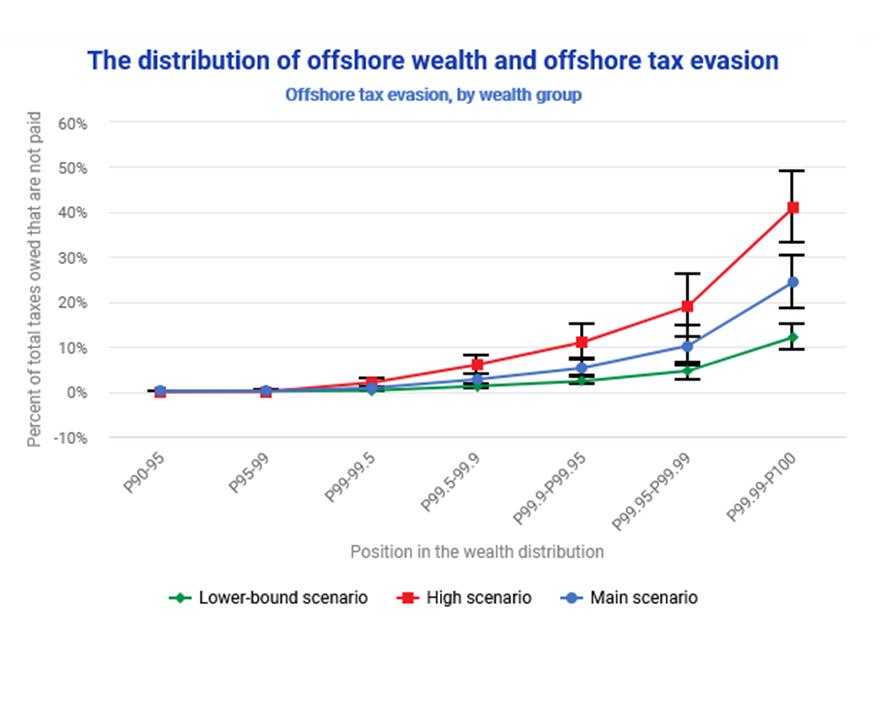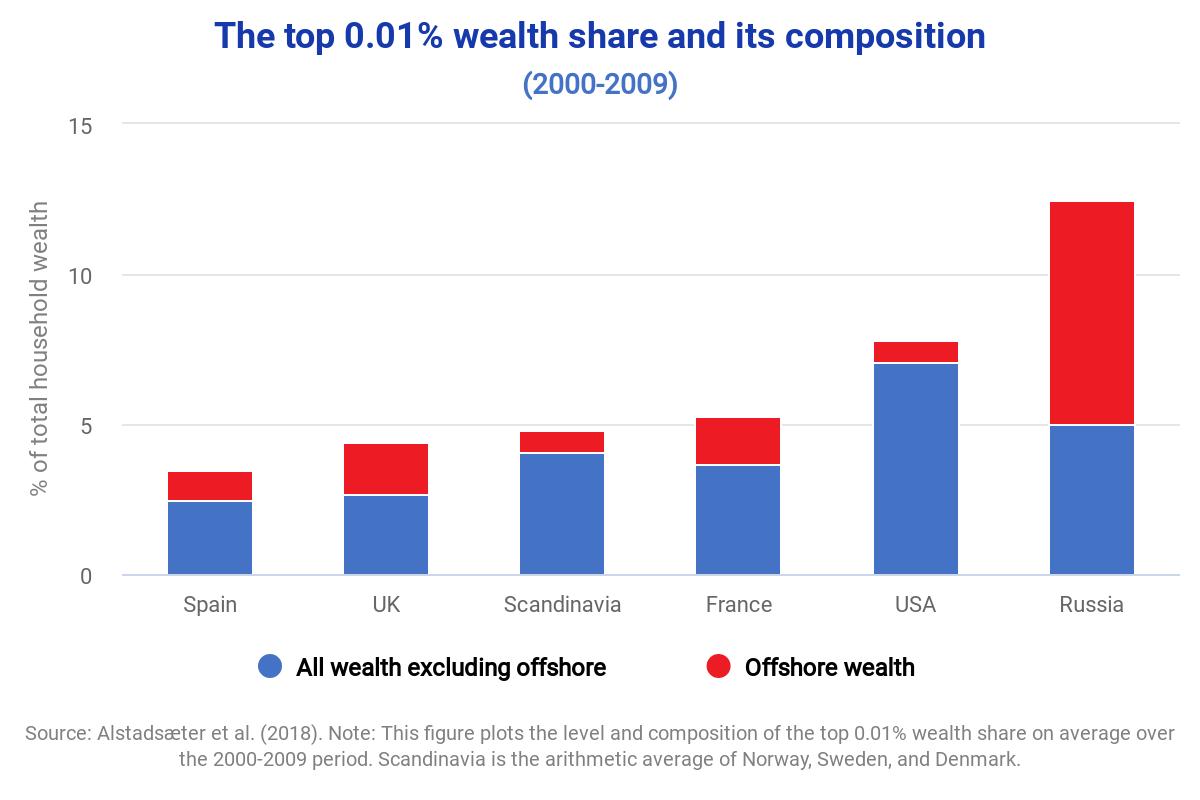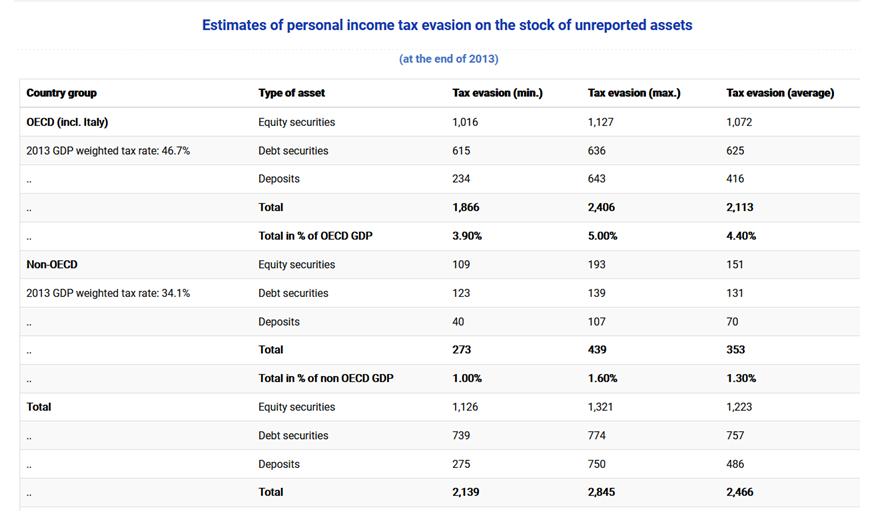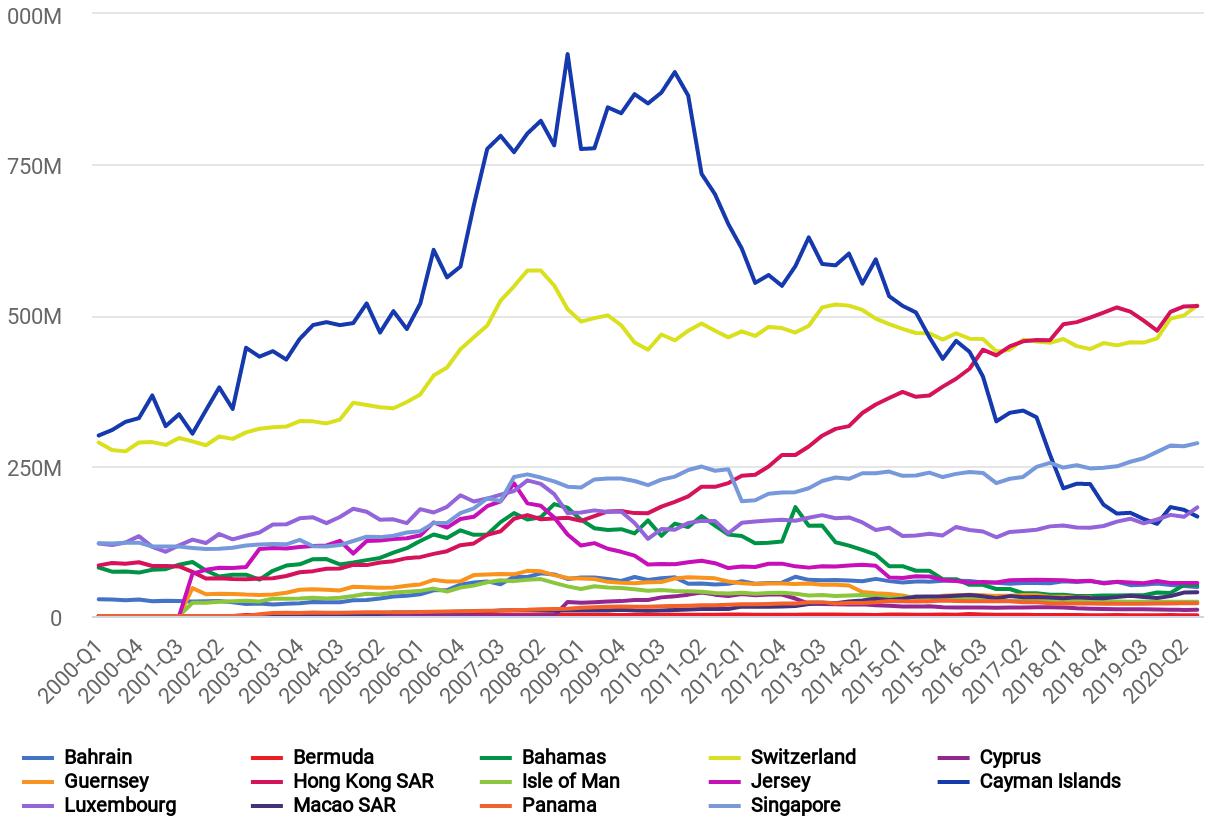Tax Evasion and Inequality
Cross-border tax evasion after the Common Reporting Standard: Game over?
Summary
The authors study the effectiveness of the automatic exchange of information under the Common Reporting Standard (CRS) in curbing cross-border tax evasion by individuals. Initiated by the OECD and G20 in 2014, the CRS was implemented in an increasing number of countries to automatically share information on bank accounts held by non-residents with their respective tax authorities. Based on BIS data for the years of 2014 to 2017, the authors compare the development of cross-border deposits held in tax havens and non-havens. As the latter should not be negatively affected by the CRS, they can identify an effect of the CRS using difference-in-difference estimation. They find that the CRS induced a reduction of 11.5% in cross-border deposits held in tax havens which speaks in favour of its effectiveness. However, they also find evidence of relocation of cross-border deposits to the U.S. which did not commit to the CRS and might have become more attractive to tax evaders.
Key results
- Bank deposits held in tax havens by residents of non-haven countries decreased by 11.8% after the implementation of the automatic exchange of information under the CRS.
- In the same period, cross-border bank deposits held in the U.S. increased significantly.
- The fact that the U.S. has not committed to the CRS might undermine the effectiveness of the CRS as tax evaders seem to relocate their deposits to the U.S.
Data
Bilateral data on cross-border deposits by non-banks provided by the Bank for International Settlements, time period: fourth quarter of 2014 to the third quarter of 2017
Method
Casi et al. use an event study and difference-in-difference analysis using tax havens which adopted the CRS laws as treatment group and non-havens adopting the CRS as control group. In addition, they exploit differences in the timing of the passage of the CRS laws across deposit countries to identify the effect of the CRS.
Go to the original article
This article was published in the Journal of Public Economics 190 (2020). A published version of the article can be found on the journal’s website.
A working paper version can be downloaded from the SSRN website. [pdf]
This might also interest you
Who Owns the Wealth in Tax Havens? Macro Evidence and Implications for Global Inequality
What do external statistics tell us about undeclared assets held abroad and tax evasion?
Cross-border wealth



